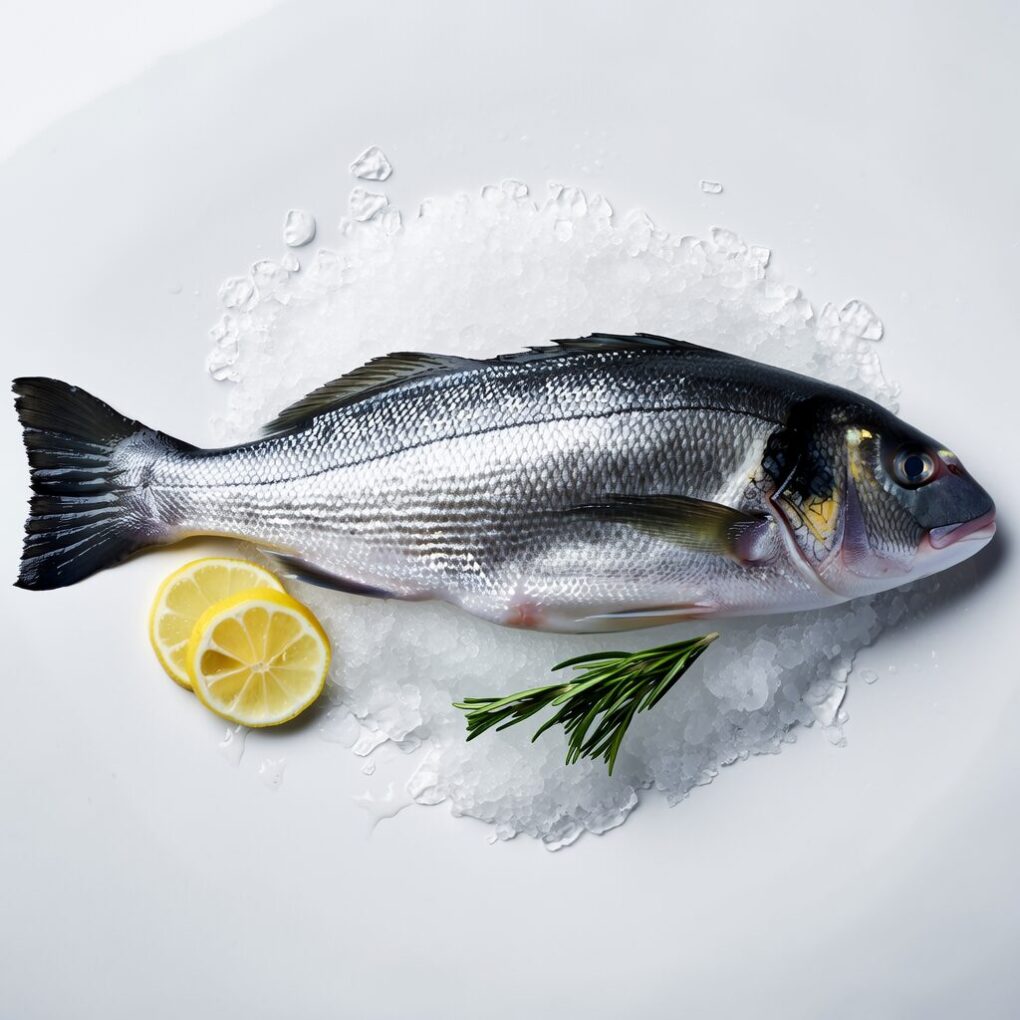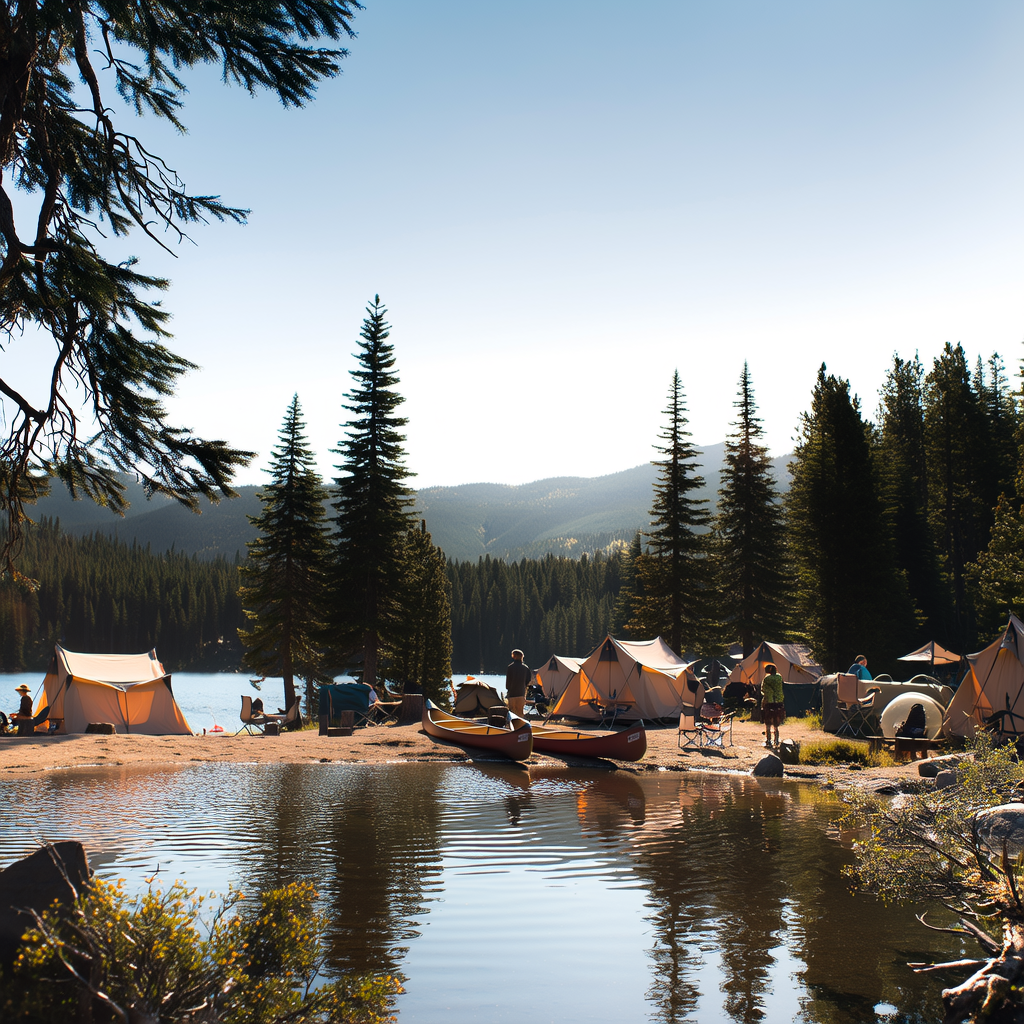Introduction
Fly fishing for Lake Trout is a thrilling and rewarding experience that anglers of every skill level enjoy. The thrill of catching a trophy-sized Lake Trout is unmatched, whether you are a novice angler or an experienced one. This comprehensive guide will cover everything from techniques and equipment to prime locations and strategy. Prepare to dive into lake trout fly-fishing and take your angling to new levels!
Understanding Lake Trout
The lake trout is a species of char that is native to North America. Its scientific name is Salvelinus. Anglers are attracted to them because of their size, strength and aggressive feeding habits. Lake trout can reach impressive sizes. Some specimens weigh over 40 pounds. These predators live in deep, cold-watered lakes, making them challenging for fly fishers.
Lake Trout Characteristics and Habits
Lake trout can be identified by their elongated body, dark green or grayish brown backs, as well as light colored spots. They have adipose finned, which makes them different from other species of trout. Lake trout are found in shallow water at certain times of the year. However, they prefer deeper waters, especially during warmer months.
The ability of lake trout to live for decades is a fascinating characteristic. Some individuals have lived to be over 50 years old, which is a factor in their impressive size and allure as an angling fish. Understanding the behavior of lake trout and their habits is essential for successful fly-fishing.
Fly Fishing Techniques
1. Trolling: Trolling has become a popular method for catching lake trout. This involves dragging an artificial fly or lure in front of a boat moving to cover a large amount of water. The key to trolling success is to vary both the depth and the speed of the presentation to imitate the movements of baitfish or prey.
2. Casting and Stripping is a good technique to use when targeting lake trout in shallower areas or near the surface. Cast your fly to likely holding areas, such as dropoffs, weed edge, or rocky structure. Allow the fly sink to the desired level, then quickly strip it back up, imitating a wounded or running baitfish.
3. Bottom fishing is highly productive when lake trout move into deeper water during warmer months. Anchor your boat near lake trout hotspots such as deep rocky humps or submerged humps. Drop your fly at the bottom of the water and slowly retrieve it along the bottom to mimic the movement of bottom dwelling prey.
Fly Selection
The right fly pattern will help you attract lake trout. Lake trout feed primarily on baitfish such as smelt, whitefish, and cisco. Streamer patterns that mimic prey species such as smelt, cisco and whitefish are highly effective. Choose large, articulated streamers that are in natural colors such as black, olive or white.
Leech imitations, egg patterns, and nymphs are also effective patterns for lake trout. It is important to match the local conditions and forage, so do your research on the body of water where you will be fishing.
Essential Gear
Fly Rod and Reel
A sturdy fly rod and reel set-up is essential when fly fishing for Lake Trout. Choose a 9-10 foot, 7-9 weight fly rod that can handle large, heavy flies, and fight strong fish. Pair it with a large-arbor, durable reel with a smooth dragging system to handle the strength of a lake trout.
Fly Line and Leader
A sinking fly line can be the best choice for lake trout. You can reach the desired depths by using a type 3 or type 5. Pair it with a fluorocarbon leader that is 6 to 10 feet long, depending on the water clarity and conditions.
Boots and Waders
Waders and boots will keep you comfortable and safe, as lake trout can be found in cold water lakes. Choose high-quality chest waders to protect you from the elements and provide insulation. Combine them with wading boots that have good traction for navigating rocky lakeshores.
Fishing Accessories
You should also have a few fishing accessories on hand for fly fishing lake trout. Included are a landing net for safely handling and releasing fish, a selection leaders and tippet materials, nippers, forceps, and a sturdy box to organize your fly collection.
Selecting the Right Location
Finding the perfect location is essential for a successful lake trout fly fishing trip. Although they are found in many lakes across North America, some bodies of water are known for their trophy-sized Lake Trout. Here are a few prime locations to consider.
Great Slave Lake (Canada)
Great Slave Lake, located in Canada’s Northwest Territories is known for its abundance monster lake trout. This massive lake is home to incredible fishing opportunities as well as breathtaking scenery. If you decide to explore the waters at Great Slave Lake, prepare for an angling experience of a lifetime.
Flaming Gorge Reservoir, United States
Flaming Gorge Reservoir is located in Utah and Wyoming. It is a popular destination for lake trout fishers. Anglers from all over the world are attracted to its crystal clear waters and healthy population of lake trout. Flaming Gorge’s scenic beauty only adds to its appeal as a fly fishing destination.
Great Bear Lake, Canada
Great Bear Lake, located in Canada’s Northwest Territories, is considered one of the world’s premier lake trout fishing locations. The lake’s size and the pristine water provide the perfect habitat to grow trophy-sized trout. Prepare yourself for an unforgettable fishing experience in the midst of stunning wilderness.
Lake Winnipesaukee, United States
Lake Winnipesaukee is a popular lake trout fishing destination in New Hampshire. This large lake is diverse and offers many opportunities for fly fishermen. Lake Winnipesaukee offers a variety of opportunities for fly anglers.
Strategies for Success
Effective strategies are as important as the right gear and techniques for successful lake trout fly-fishing. Here are some tips on how to increase your odds of hooking a trophy-sized Lake Trout:
1. Research and Preparation
Research the lake or reservoir that you intend to visit before you go fly fishing. Research local fishing regulations, restrictions, and behavior of lake trout. Also, gather information about the preferred prey species and lake trout’s behavior. This will help you make better decisions and increase your odds of success.
2. Approach Stealthily
It is important to approach your fishing spot stealthily because lake trout have keen senses. Wear muted colors so you blend in and don’t make unnecessary noises or sudden movements. Be patient and keep a low profile, as lake trout are wary and easily startled.
3. Variate Your Retrieves
Variate your retrieves when using casting and stripping to mimic different prey behavior. Try slow and steady retrieves as well as fast and erratic retrievals. You can also experiment with pauses between strips. Pay attention to the lake trout’s response and adjust your retrieve until you find out what works best for that particular day.
4. Stay Persistent
It can be difficult to catch lake trout at times. This requires patience and persistence. Don’t give up if you aren’t successful right away. Continue to experiment with different depths, locations and techniques until you find actively feeding fish. It can take time to unlock the secrets and the right approach for a body of water.
5. Practice Catch and Release
It’s important that you practice catch-and-release when you target lake trout. These long-lived fish are vital to maintaining the balance in their ecosystems. Use proper handling techniques such as wetting hands before touching fish and release the trout gently to ensure its survival.
Conclusion
Fly fishing for lake trout is a challenging and exciting angling activity. You can increase your odds of landing trophy-sized Lake Trout by mastering the different techniques, using the correct gear, and focusing on prime locations. Always approach the adventure with patience and respect for the environment. Enjoy the beauty of nature while catching one of the most coveted freshwater gamefish. Happy fishing!




